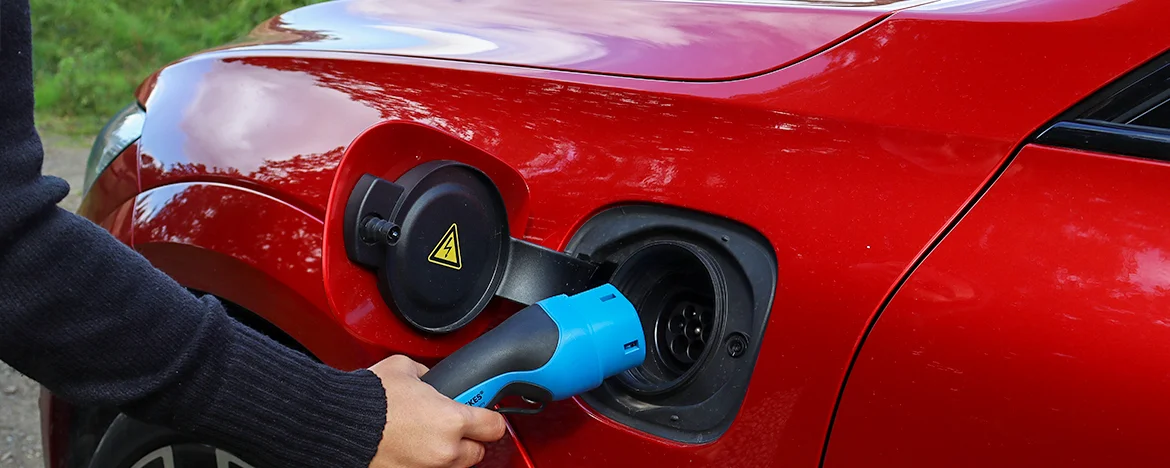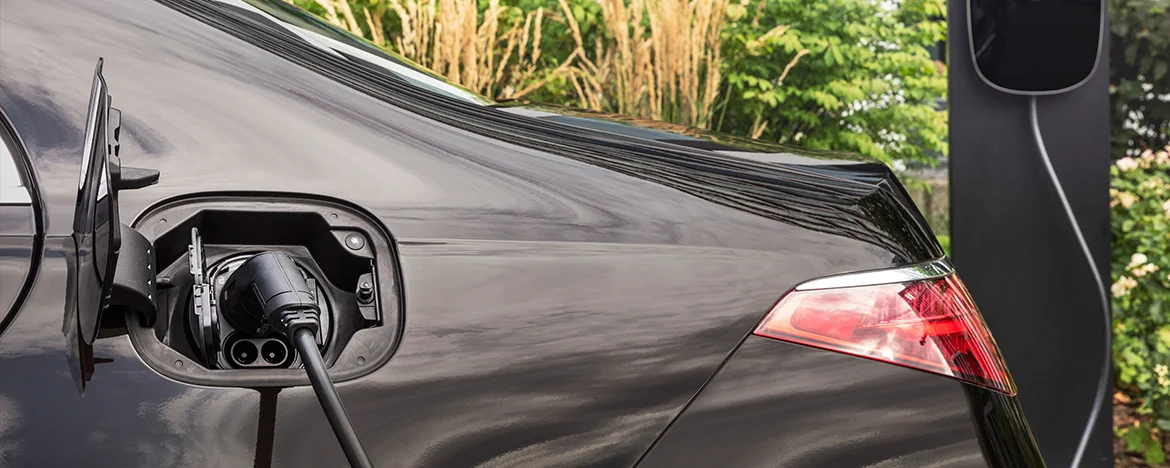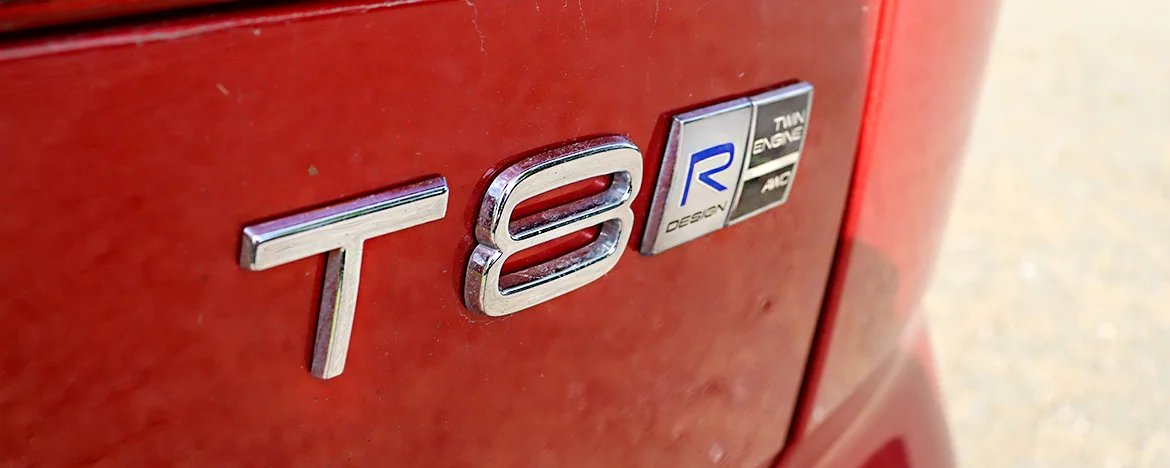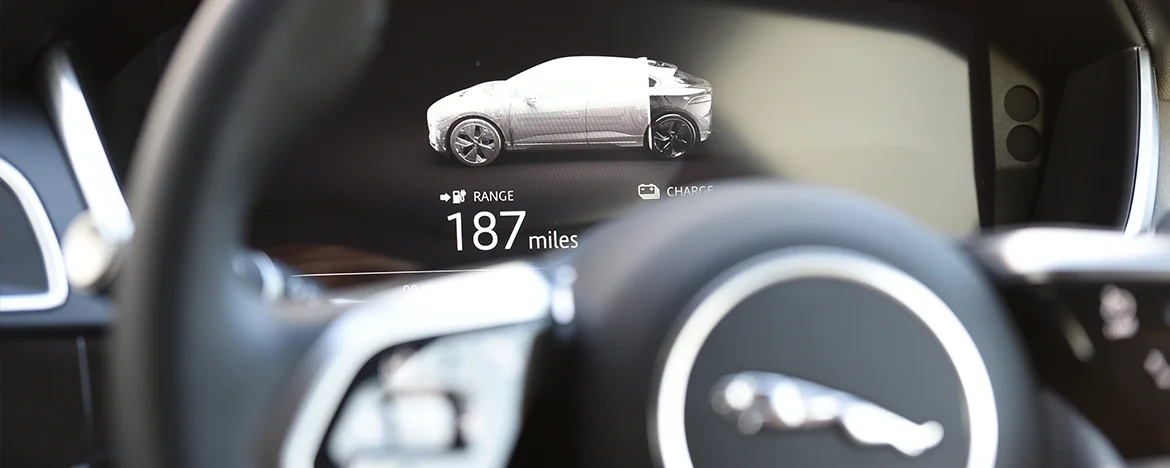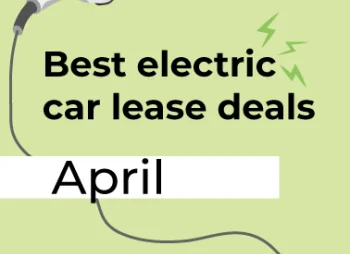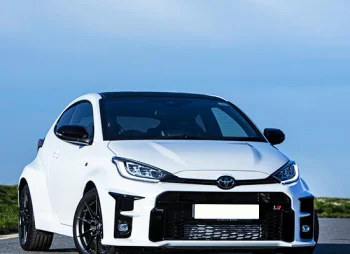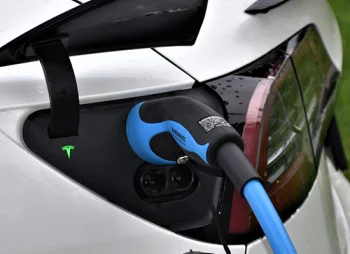Plug-in Hybrid
Best for: The short daily commute and quick trips
Plug-in Hybrids, also known as PHEV’s, combine the combustion engine with an electric motor and a larger battery pack than a full hybrid. This battery pack requires charging from an external electric supply like a domestic 3-pin plug or electric charging point. They function similarly to full hybrid cars but can travel much further on electric power alone.
The engine will fire using electric power if there is some, but thereafter you can switch between fuel types as you wish. If the battery isn’t significantly charged or you're traveling long distances, the car will then revert back to using its combustion engine. Therefore, if your aim is to keep fuel consumption and emissions down, you'll want to utilise the available electric miles (and this means shorter journeys or regular charge stops).
When fully charged, a plug-in hybrid can travel up to up to 50 miles (model depending) purely using the electric motor. Therefore, depending on your lifestyle, you could run a PHEV permanently on electric power and not need the combustion back up (meaning significantly fewer trips to the fuel station). As well as mains charging, just as with a full hybrid, regenerative braking converts some of the energy lost during braking into usable energy which is then stored back into the battery.
Examples of models with Plug-in Hybrid vehicle options include:

